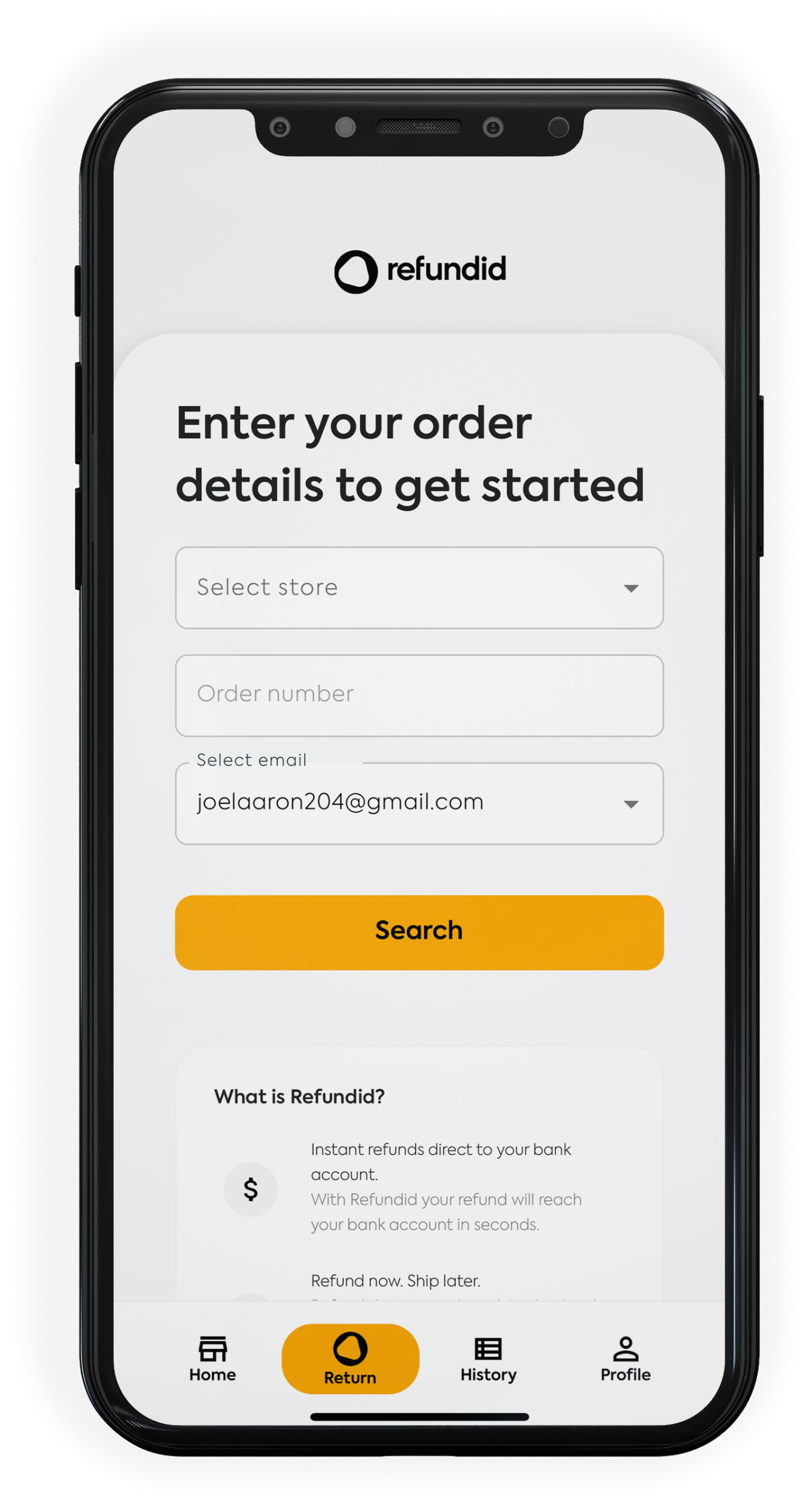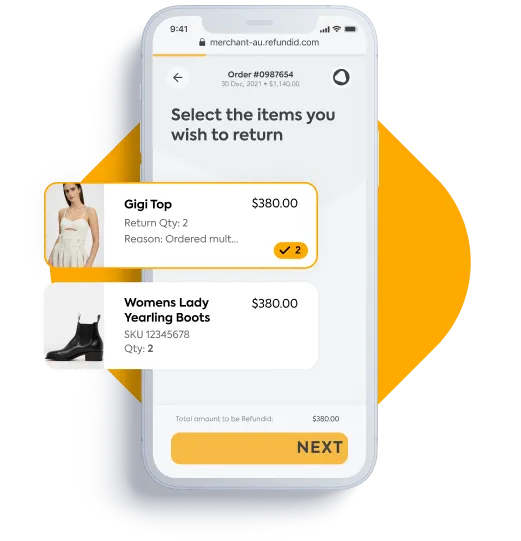Shopify has made real progress with its native returns workflow. For smaller stores, the built-in Self-Serve Returns tool is a simple way to let customers request a return without the back-and-forth emails. But once order volumes grow, merchants usually find the limits very quickly.
Refundid fills the gap by offering a complete returns and exchanges system that is built for brands that want automation, flexibility, and a stronger customer experience.
This guide breaks down what Shopify includes, where it falls short, and what Refundid adds for merchants that need more than the basics.
TL;DR
- If your store handles fewer than two returns a day, Shopify’s Self-Serve Returns is usually fine.
- If your store handles more than two returns a day, or you care about speed, automation, and customer satisfaction, you will outgrow it and need a platform like Refundid.
What Shopify’s Native Returns Feature Actually Provides
Shopify Self-Serve Returns helps customers log in, request a return, and track the approval process. For small or early-stage stores, it removes admin work and gives customers a simple path to start a return.
The tool works well when you:
- Have a limited return volume
- Do not need automated rules
- Do not need instant refunds or exchanges
- Are comfortable handling labels outside Shopify
Its strength is simplicity. The downside is that simplicity is also where the limits appear.
Where the native tool becomes restrictive
Once a store begins to scale, the gaps in Shopify’s system become more noticeable.
You will run into limits like:
- No direct carrier integrations for return labels
- No advanced policy rules
- No automatic blocking of non-returnable items
- No incentives for store credit
- No instant exchanges when customers want another size
- No instant refunds to improve conversion and satisfaction
These might not matter when you are processing a handful of returns a week. When you grow, they start to affect both customer experience and internal efficiency.
Where Refundid takes over
Refundid is designed for brands that need a complete, automated returns ecosystem rather than a simple request form.
Merchants use Refundid for features that go far beyond Shopify’s native options, including:
- Detailed return rules that reflect your exact policies
- Automatic carrier label generation
- Instant Refunds to lift satisfaction and repeat purchases
- Instant Exchanges to save sales
- Customisable incentives such as bonus store credit
- A dashboard that manages the entire lifecycle from request to reimbursement
Refundid also provides support that Shopify does not. When a return flow breaks or a customer needs help, merchants can speak directly with a team that understands the operational side of returns, not just the software.
For many brands, the move from Shopify’s native system to Refundid comes naturally. It usually happens once returns begin to influence customer retention, warehouse efficiency, and revenue protection.
Choosing the right time to switch
A simple rule of thumb is volume.
Under two returns a day is usually manageable on Shopify’s native tool.
Once you pass that threshold, the manual work and policy limitations start to compound.
Brands also switch when they want:
- A stronger customer experience
- Less manual work for staff
- Higher recovery on returns through exchanges
- Faster refunds to build trust
- Better visibility across the entire return flow
If you are planning to scale, it is usually easier to implement a full system before returns become a bottleneck.
Final thoughts
Shopify Self-Serve Returns is an excellent starting point and perfect for merchants who only need the basics. Refundid steps in once you need automation, policy control, instant refunds, and a seamless customer experience.
If you want a deeper guide on how to manage your Shopify returns, you can read our full overview here.






.avif)

.avif)

.avif)

















.png)
.png)





